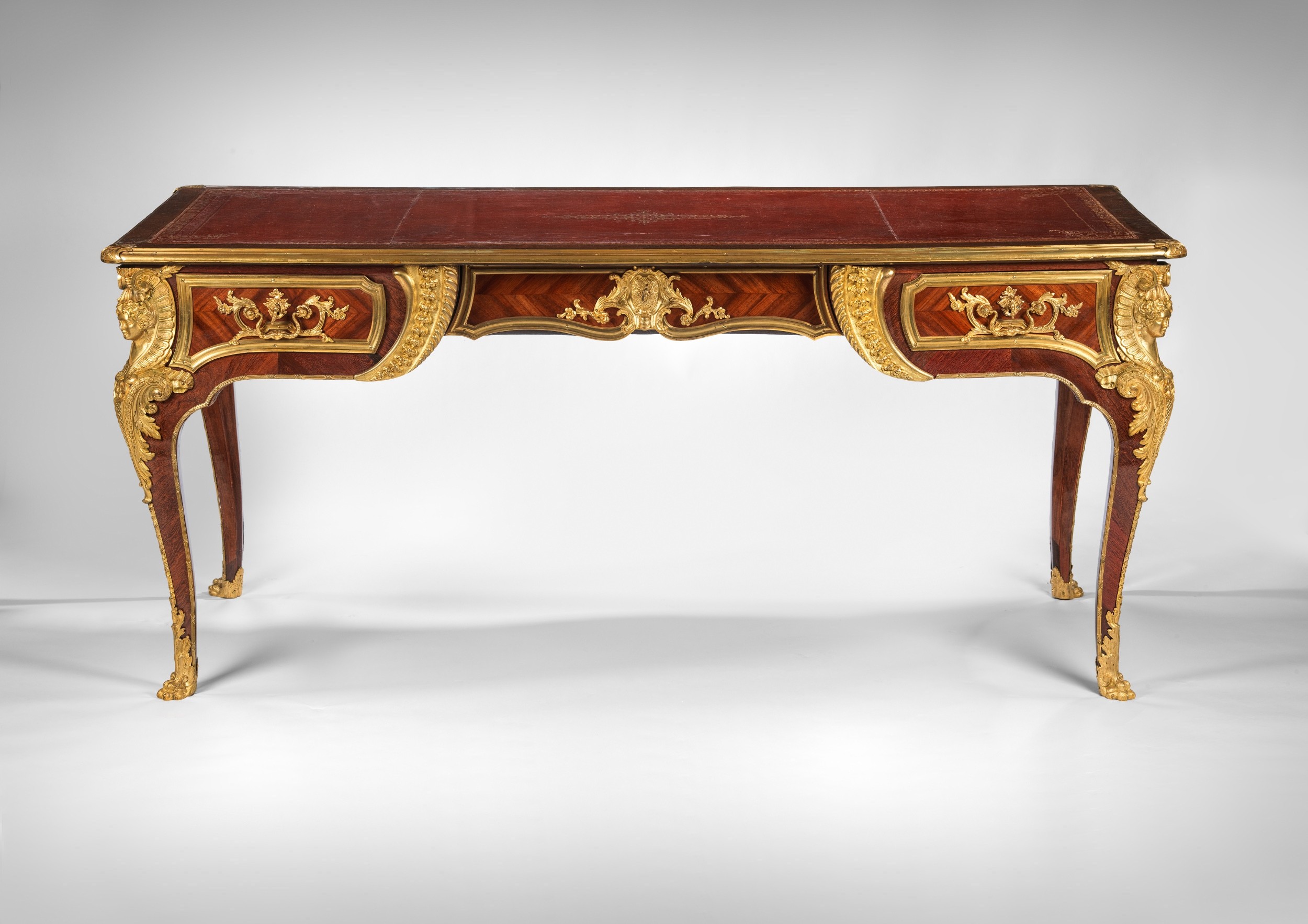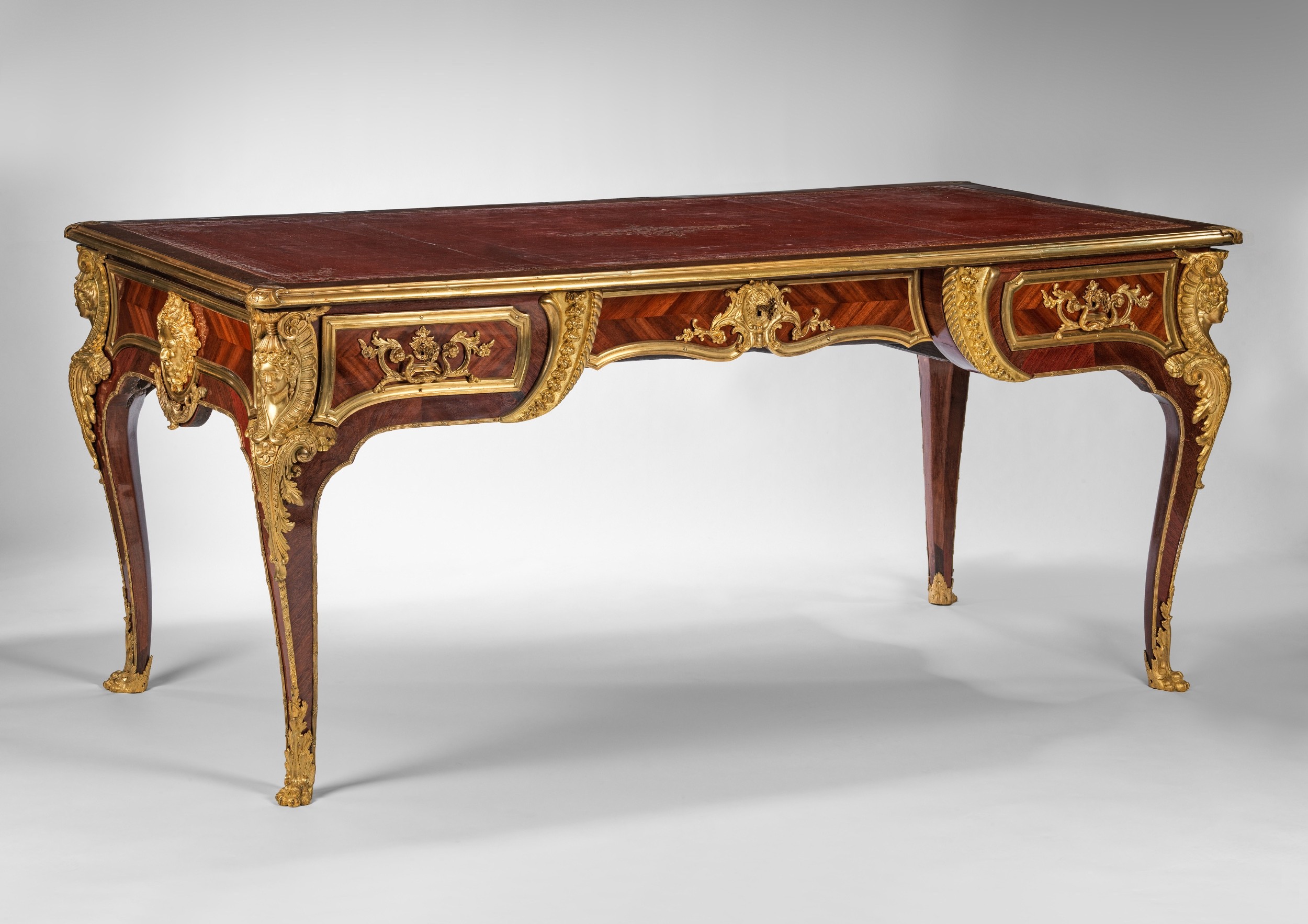

1720


Provenance
Chateau de La Tour de Saint-Pierre-Canivet, Normandy, France.
The Moussaye family originally from Brittany take their name from a stronghold called Riviere-Moussaye located in Sevignac, not far from where the Chateau de La Moussaye was built. The family is descended from Gervais de la Moussaye, who was bishop of Saint-Malo in 1253. Their fortune came from being ship owners in St Malo who from the end of the 17th Century until the beginning of the 19th Century accumulated great wealth. Saint-Malo in the 18th Century was a busy port with an active commercial life. Fishing was one of their great activities, especially fishing for cod in distant seas. They were accustomed to venturing afar, and one of their captains Jacques Cartier was the founder of Canada. From the end of the Sixteenth Century, the manufacture of linen developed in Brittany and an important trade grew up with Cadiz in Spain and subsequently with Spanish America. Apart from The Chateau de La Tour de Saint Pierre the family also owned Chateau de La Moussaye and Chateau de La Chesnaye-Taniot.
| Dimensions | CM | Inches |
|---|---|---|
| Width: | 178 | 70 |
| Depth: | 88 | 34.5 |
| Height: | 79.5 | 31 |